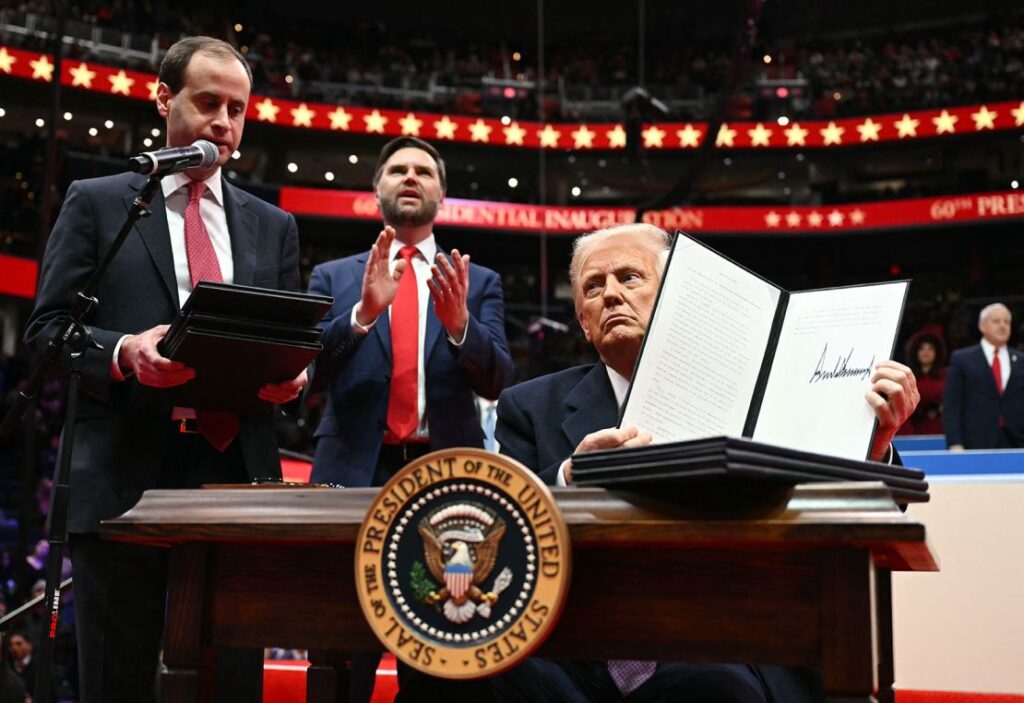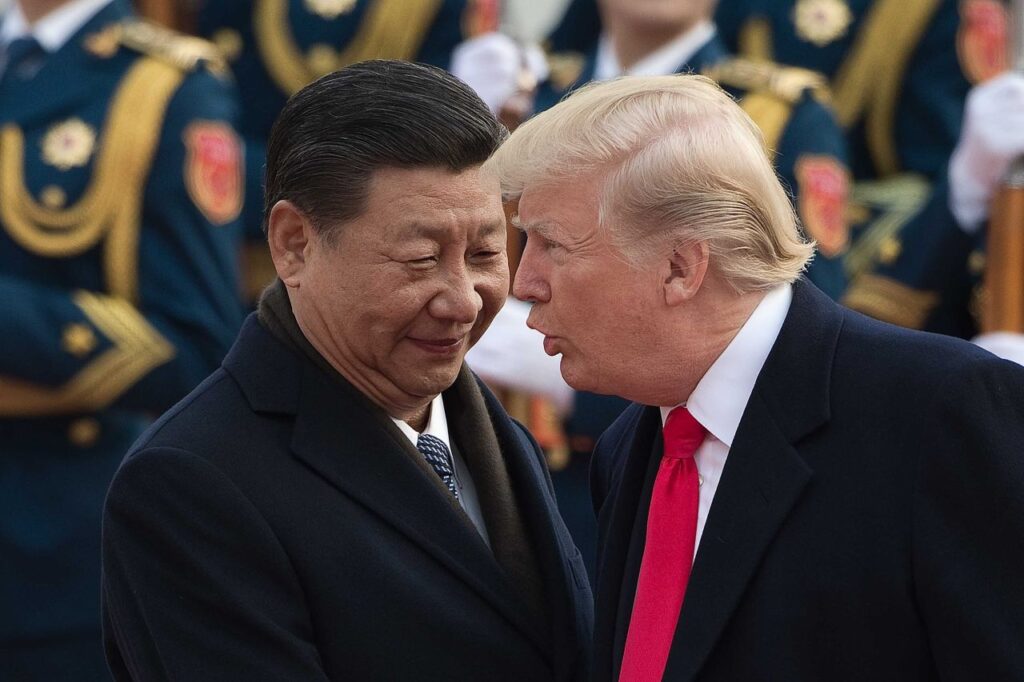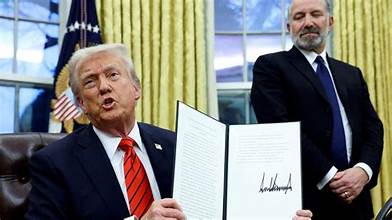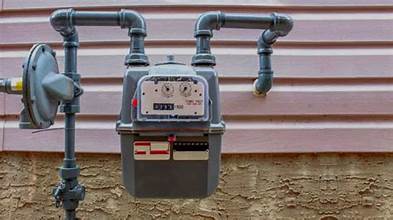In a development that could reshape U.S.-Pakistan economic relations, former U.S. President Donald Trump has confirmed a major trade agreement with Pakistan, calling it a “win-win deal” for both nations. The announcement has sparked discussions among international trade analysts and political commentators, signaling a potential thaw in historically turbulent bilateral ties.
The deal, which encompasses key sectors such as textiles, agriculture, technology, and energy, is being hailed as a landmark shift from a relationship often dominated by strategic and security concerns to one more grounded in mutual economic growth. The trade pact also aligns with Pakistan’s ongoing efforts to diversify its export base and reduce dependence on traditional partners.
The Genesis of the Deal
While the groundwork for improved economic ties was laid during Trump’s administration, formal negotiations reportedly intensified over the past few months. According to insiders familiar with the discussions, both sides showed “unprecedented flexibility” in addressing long-standing trade barriers, including tariffs, export quotas, and regulatory red tape.
Trump, known for his transactional foreign policy approach, emphasized the importance of balancing trade deficits and creating jobs for American workers. However, in the case of Pakistan, the former president acknowledged the South Asian country’s growing strategic importance and its need for economic revitalization.
“This deal is not just about numbers; it’s about cooperation and trust. It opens a new era for trade, investment, and prosperity for both countries,” Trump stated during the press conference where he confirmed the deal.

What the Deal Includes
The agreement reportedly covers a wide array of industries, with significant concessions made on both ends:
- Textiles and Garments: Pakistan, a major textile producer, will benefit from reduced tariffs on exports to the U.S., potentially boosting its textile industry which employs millions.
- Agricultural Products: U.S. farmers will gain access to Pakistani markets for products like wheat, corn, and soybeans, while Pakistan will be allowed to export mangoes, rice, and citrus fruits with fewer restrictions.
- Technology and IT Services: The deal encourages partnerships in tech development, opening pathways for Pakistani software firms to collaborate with U.S.-based companies.
- Energy Cooperation: Both sides agreed to collaborate on clean energy projects and LNG (liquefied natural gas) supply chains.
- Investment Guarantees: The agreement includes protections for American investors in Pakistan, with dispute resolution mechanisms to boost confidence.
Strategic and Economic Implications
The deal holds deep strategic value beyond mere trade. For the U.S., it offers a counterweight to China’s growing influence in Pakistan, particularly through projects under the China-Pakistan Economic Corridor (CPEC). By increasing economic engagement, the U.S. positions itself as a viable alternative partner, potentially reshaping regional dynamics.
For Pakistan, the agreement brings economic relief at a crucial time. With a struggling economy, high inflation, and mounting debt, this trade pact may provide a much-needed stimulus. Pakistani officials have expressed optimism, noting that U.S. support could bolster investor confidence and help stabilize the rupee.
Analysts also note that this development could encourage other Western nations to revisit their economic policies toward Pakistan, fostering a more diversified and balanced trade ecosystem.

Political Reactions and Public Response
The announcement has received mixed reactions in both countries. In the U.S., proponents argue that the deal aligns with Trump’s “America First” agenda by opening new markets for U.S. goods and promoting job growth. Critics, however, warn that the agreement may give Pakistan too many concessions without addressing issues such as human rights and governance.
In Pakistan, the news has largely been met with celebration. Business leaders and export associations have praised the agreement, calling it a “lifeline” for domestic industries. Political leaders from various parties have welcomed the development, viewing it as a positive step in rebuilding trust with a historically complicated ally.
Challenges Ahead
Despite the positive headlines, implementing the trade pact won’t be without hurdles. Bureaucratic inefficiencies, corruption, and infrastructure gaps in Pakistan may slow down the benefits of the agreement. On the U.S. side, political shifts and policy reversals could pose risks, especially if future administrations take a more protectionist stance.
Moreover, the success of the deal hinges on continued diplomatic engagement. Both countries will need to ensure transparent communication, swift conflict resolution, and regular policy reviews to keep the momentum going.
Conclusion
Trump’s confirmation of a major trade pact with Pakistan marks a significant turning point in U.S.-Pakistan relations. While much remains to be seen in terms of implementation and long-term impact, the agreement sets the tone for a more pragmatic, economy-focused partnership. If executed properly, it could usher in a new era of prosperity and cooperation, proving beneficial not just for Washington and Islamabad, but for the broader South Asian region.



